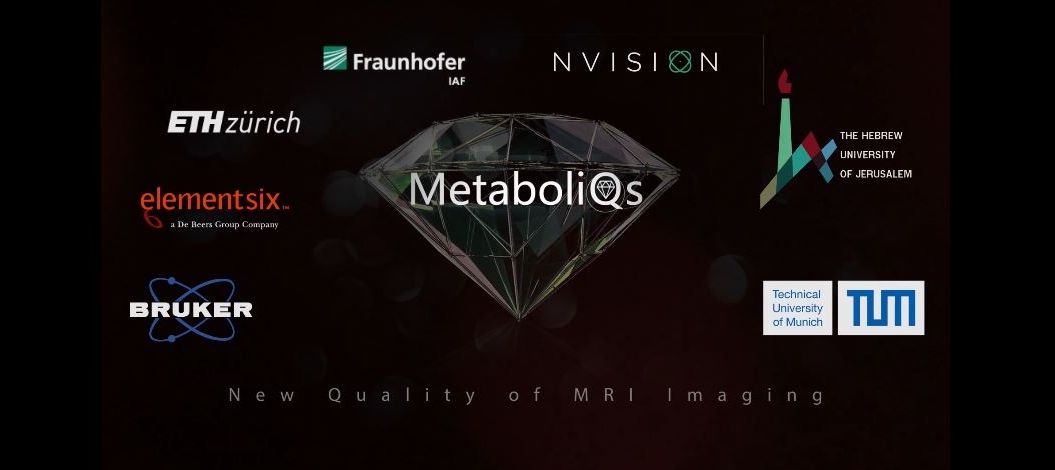Quantum technology for human needs
Cardiovascular diseases are one of the most common causes of death worldwide. Therefore, it is necessary to develop personalized medical solutions to improve the chances of curing patients. In order to do so, the metabolic process of heart tissue needs to be understood and observed on a molecular level. Current methods do not allow this in high resolution, and they furthermore rely on radioactive substances.
The MetaboliQs project is working to leverage room-temperature diamond quantum dynamics to enable safe multimodal cardiac imaging which can help better diagnosis of Cardiovascular Diseases.
Quantum technology offers a new approach:
Besides Quantum Communication, Quantum sensors will arguably be the basis for the first applications of Quantum Technologies. The project MetaboilQs develops an innovative diamond polarizer that is able to work at room temperature with a 160-times higher efficiency, offering a polarization that is 40-times faster and 4-times cheaper than before. By those means, quantum technology is being utilized for human needs.
Details on MetaboliQs
PROGRAMME: |
MetaboliQs - Leveraging room temperature diamond quantum dynamics to enable safe, first-of-its-kind, multimodal cardiac imaging |
PROJECT: |
Quantum Metrology and Sensing |
THEME: |
Quantum Technologies |
DURATION: |
October, 2018 to September, 2021 |
BUDGET: |
6,667,801.25 € |
CALL IDENTIFIER: |
Horizon 2020, Call: H2020-FETFLAG-2018-2020 (FET FLAGSHIPS – Tackling grand interdisciplinary science and technology challenges), Topic: FETFLAG-03-2018, Type of action: RIA |

